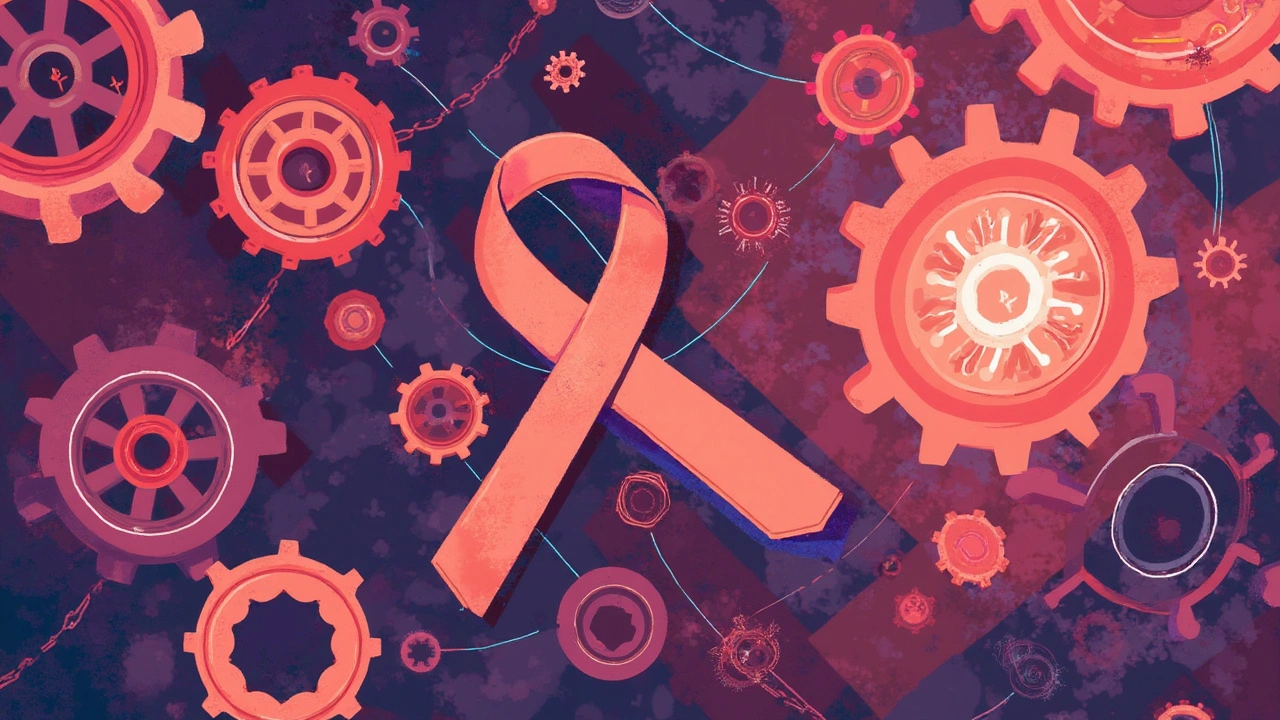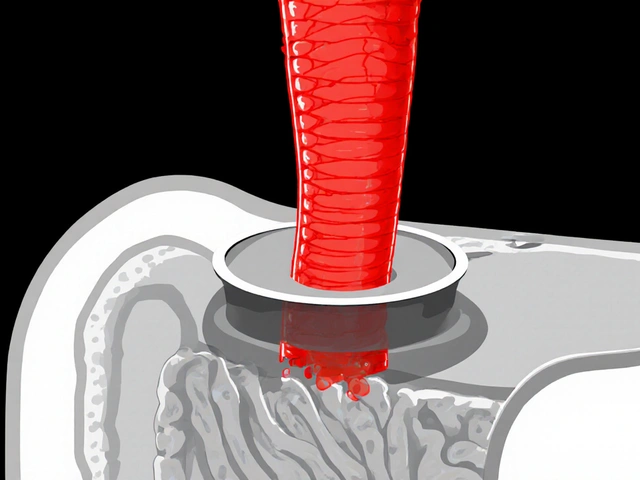STIs: Quick Facts, How to Spot Them, and Stay Safe
Sexually transmitted infections affect millions each year, but most people don’t know the signs early enough. Catching an STI fast means easier treatment, fewer complications, and less spread. This guide breaks down the most common infections, what to look for, and simple steps you can take today to protect yourself and your partner.
Common Symptoms to Watch
Each STI has its own tell‑tale signs, but there are a few patterns that show up over and over. Unexplained discharge, burning during urination, sores or bumps on the genitals, and unusual itching are red flags. For example, chlamydia often causes a watery discharge and a mild ache, while herpes shows up as painful blisters that flare up and heal. If you notice any of these symptoms, get tested right away—early diagnosis cuts treatment time and stops the infection from spreading.
Don’t forget that many STIs can be silent. HPV, syphilis, and even HIV can hide for months without obvious symptoms. That’s why regular screening is a must if you’re sexually active, especially with new or multiple partners. A quick urine test or a swab at your doctor’s office can catch an infection before it becomes a bigger problem.
Prevention Tips That Really Work
The best way to avoid an STI is to block it before it hits. Consistent condom use cuts the risk of most infections by up to 80 %. Choose latex or polyurethane condoms, check the expiration date, and use a new one for each act.
Vaccines add another layer of protection. The HPV vaccine shields you from the strains most likely to cause cancer, and the hepatitis B shot stops a virus that spreads through blood and sexual fluids. Talk to your health provider about getting these shots if you haven’t already.
Open communication with your partner is a game‑changer. Talk about testing history, recent symptoms, and protection preferences before getting intimate. It may feel awkward, but a short, honest chat can save a lot of worry later.
Limit the number of sexual partners and avoid sharing sex toys without proper cleaning. If you do use toys, clean them with soap and water or a sex‑toy cleaner, and use a fresh condom on each toy when switching between partners.
If you suspect you’ve been exposed, act fast. Many STIs have over‑the‑counter treatments for symptoms, but only a prescription can clear the infection. Use reputable pharmacies, follow dosage instructions, and complete the full course even if you feel better early.
Remember, an STI isn’t a moral failing—it’s a health issue that anyone can face. Seeking help early shows strength, and it protects the people you care about. Keep these tips handy, stay informed, and take charge of your sexual health.
Exploring how AIDS relates to other sexually transmitted infections is key to understanding potential health risks. This article uncovers links between AIDS and STIs, providing crucial insights into the interactions. Learning about these connections can guide safer choices and preventive measures. The synergy between HIV and STIs poses unique challenges that require attention. Get equipped with the essential facts and find practical tips for protection.
Continue reading





